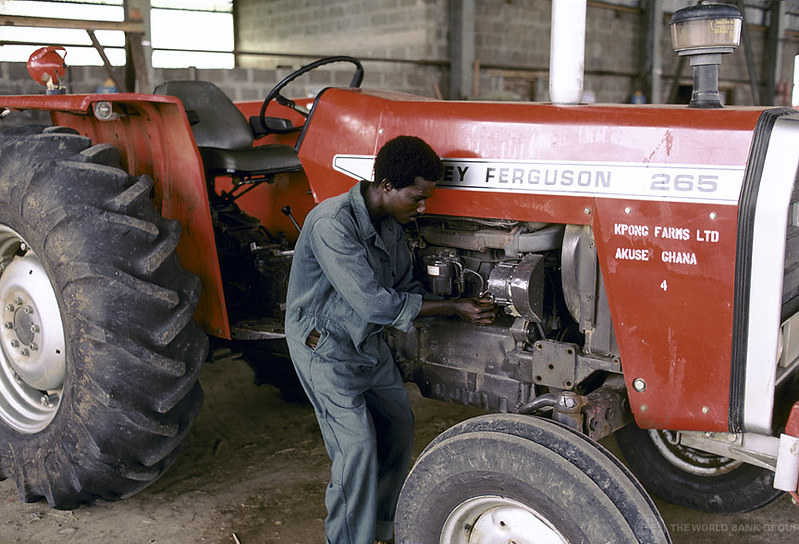
Documentation of Selected Outstanding Innovations in Nigeria
This study focused on two of the Green Innovation Centre commodities, namely rice and cassava in the identification and description of the main innovations associated with them.
PARI research focuses on identifying and scaling promising agricultural innovations for agricultural growth and food security in Africa and India.

This study focused on two of the Green Innovation Centre commodities, namely rice and cassava in the identification and description of the main innovations associated with them.

This study aims to identify innovation opportunities and highlight production constraints in Nigeria.

The overall purpose was to propose an agenda for supporting the sustainable development of seed systems in two Sub-Saharan countries, Kenya and Mali, based on the experiences and insights of seed system actors who contribute to various functions and operate at different scales.

The book contains seven chapters that exhaustively covers the subject matter and make a smart proposition on the plausible pathway to ensure that agricultural technologies delivers a vibrant and economically sustainable agrarian sector.

The book contains seven chapters that exhaustively covers the subject matter and make a smart proposition on the plausible pathway to ensure that agricultural technologies delivers a vibrant and economically sustainable agrarian sector.

This book attempts to analyses the small ruminant livestock production and marketing systems in Benin Republic, to identify the constraints, source solutions and explicate the innovation opportunities within the industry

This study looks at the innovation opportunities, constraints to production, productivity, and profitability within the Malian Mango value chain.

This paper looks at various scaling strategies for Agricultural Innovation in Nigeria as well as constraints.

This brief summarizes insights from a study visit of African researchers to India in October 2017.

This brief compiles analyses of the current state of the agri-food sector, related policies and existing agricultural innovations in twelve African countries.

Results from a crop simulation model to inform policy and research

This policy brief analyses how the United States and Germany built up the knowledge and skills needed for successful mechanization.